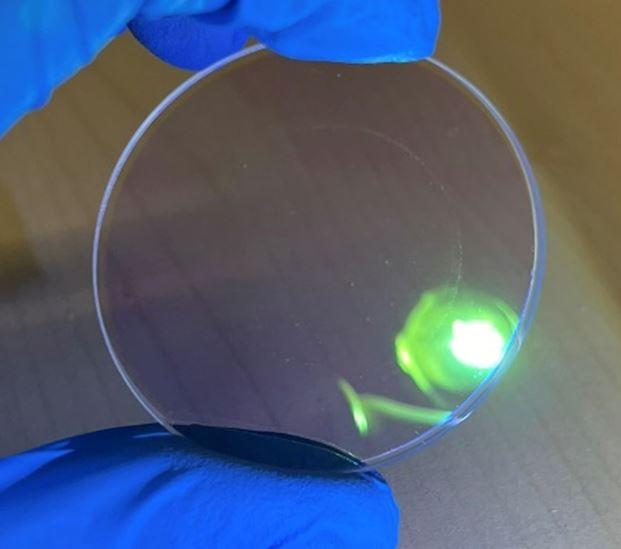- FMA
- The Fabricator
- FABTECH
- Canadian Metalworking
Categories
- Additive Manufacturing
- Aluminum Welding
- Arc Welding
- Assembly and Joining
- Automation and Robotics
- Bending and Forming
- Consumables
- Cutting and Weld Prep
- Electric Vehicles
- En Español
- Finishing
- Hydroforming
- Laser Cutting
- Laser Welding
- Machining
- Manufacturing Software
- Materials Handling
- Metals/Materials
- Oxyfuel Cutting
- Plasma Cutting
- Power Tools
- Punching and Other Holemaking
- Roll Forming
- Safety
- Sawing
- Shearing
- Shop Management
- Testing and Measuring
- Tube and Pipe Fabrication
- Tube and Pipe Production
- Waterjet Cutting
Industry Directory
Webcasts
Podcasts
FAB 40
Advertise
Subscribe
Account Login
Search
Knowledge Transfer Partnership solves problem of optics contamination in laser-in-vacuum welding
- January 24, 2024
- News Release
- Laser Welding
Cambridge Vacuum Engineering (CVE) has announced the successful completion of a Knowledge Transfer Partnership (KTP) with Cranfield University that will increase welding options available to engineers worldwide. Together, the two organizations have solved the undesirable optics contamination phenomenon associated with laser-in-vacuum welding, paving the way for full-scale industrial exploitation of the technology.
The conclusion of the KTP is set to yield tangible benefits for companies that want to achieve deeper-penetration welds while improving weld quality, reducing oxidization, and minimizing the time needed for part cleaning after welding.
Laser-in-vacuum welding is a relatively new joining technique that achieves two to three times the depth of weld compared to conventional laser welding methods, CVE reports. However, to date, the issue of optics contamination has hindered its widespread adoption across industry.
Over the last two years, using Innovate UK funding, the teams set up test systems at both CVE and Cranfield to study different aspects of the laser-in-vacuum process and trial various concepts and solutions. Data from experiments on these systems was then used to develop an optics protection system that operates with very low levels of particulate generation.
CVE is now building laser-in-vacuum welding machines featuring the technology. Its optical protection system helps ensure cleanliness levels of welded parts comparable with electron beam welding, the company states.
subscribe now

The Welder, formerly known as Practical Welding Today, is a showcase of the real people who make the products we use and work with every day. This magazine has served the welding community in North America well for more than 20 years.
start your free subscription- Stay connected from anywhere

Easily access valuable industry resources now with full access to the digital edition of The Fabricator.

Easily access valuable industry resources now with full access to the digital edition of The Welder.

Easily access valuable industry resources now with full access to the digital edition of The Tube and Pipe Journal.
- Podcasting
- Podcast:
- The Fabricator Podcast
- Published:
- 04/16/2024
- Running Time:
- 63:29
In this episode of The Fabricator Podcast, Caleb Chamberlain, co-founder and CEO of OSH Cut, discusses his company’s...
- Trending Articles
Sheffield Forgemasters makes global leap in welding technology

ESAB unveils Texas facility renovation

Engine-driven welding machines include integrated air compressors

How welders can stay safe during grinding

The impact of sine and square waves in aluminum AC welding, Part I

- Industry Events
16th Annual Safety Conference
- April 30 - May 1, 2024
- Elgin,
Pipe and Tube Conference
- May 21 - 22, 2024
- Omaha, NE
World-Class Roll Forming Workshop
- June 5 - 6, 2024
- Louisville, KY
Advanced Laser Application Workshop
- June 25 - 27, 2024
- Novi, MI


























